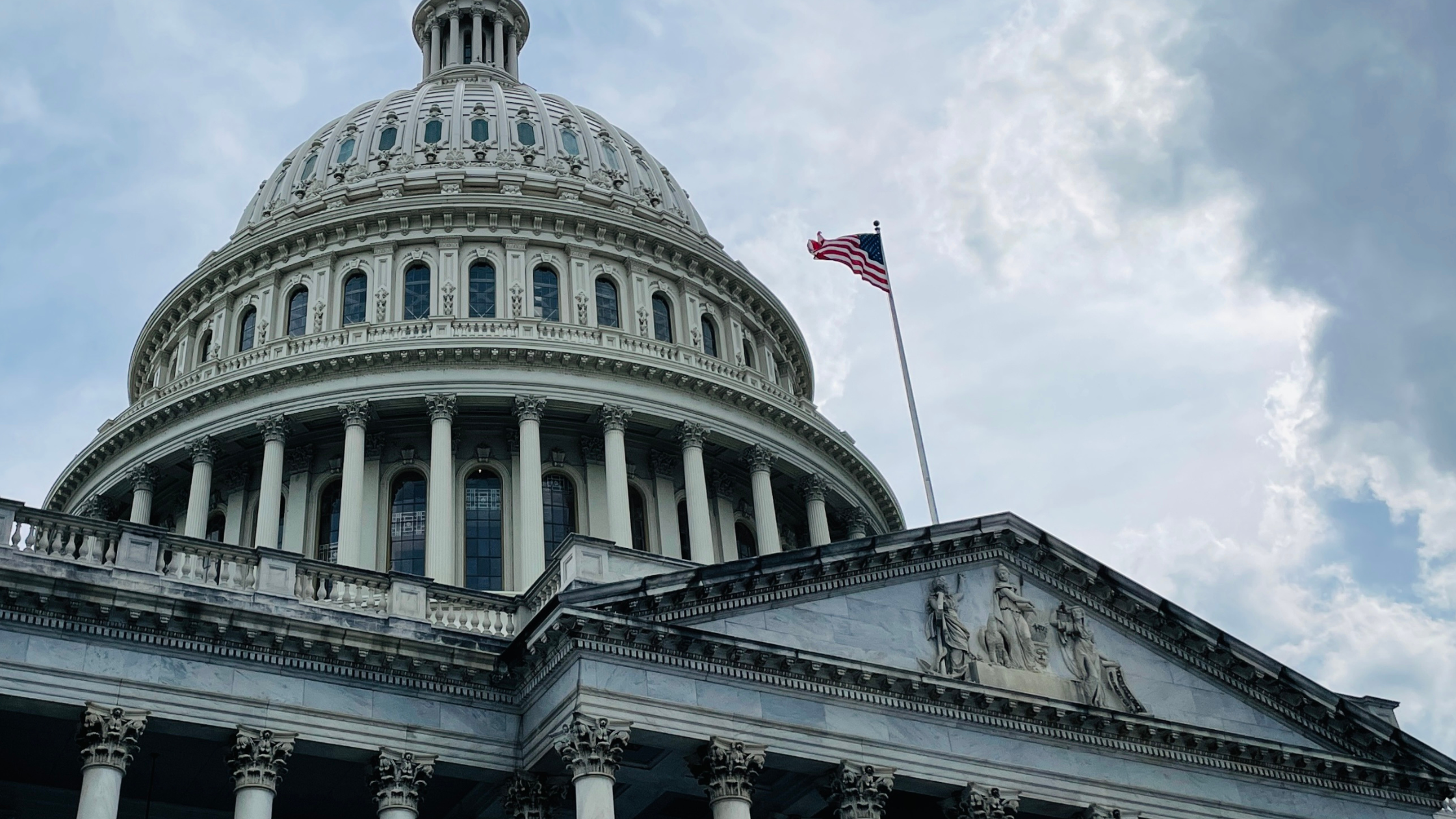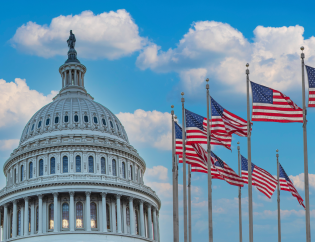
Debt, a ubiquitous companion in the modern American landscape, weaves its way through the financial fabric of individuals, families, and the nation as a whole. From student loans and credit card debt to mortgages and auto loans, the United States is a nation accustomed to living with indebtedness. In this extensive blog post, we embark on a journey to comprehensively explore the various facets of debt in the United States, shedding light on its causes, consequences, and potential strategies for navigating these financial waters.
The Landscape of American Debt:
- The Student Loan Quandary: A significant contributor to the debt landscape in the United States is the burgeoning student loan crisis. With the cost of higher education soaring, millions of Americans find themselves burdened with student loan debt. We delve into the origins of this crisis, examining the impact on individuals, families, and the broader economy.
- Credit Card Culture: The allure of credit cards, coupled with consumer culture, has fostered a widespread reliance on revolving credit. We explore the implications of credit card debt on individual financial health, the psychology behind consumer spending, and the role of credit in shaping the American way of life.
- Mortgages and Homeownership: Homeownership is often considered a cornerstone of the American Dream, but it comes with its own set of financial obligations. We analyze the mortgage landscape, exploring the challenges and benefits of homeownership, as well as the consequences of housing-related debt.
- Auto Loans and Consumer Debt: The desire for mobility has driven many Americans to finance their vehicles through auto loans. We examine the impact of auto loan debt on personal finances, the automotive industry, and broader economic trends.
Causes and Contributors:
- Economic Factors: We dissect the economic factors that contribute to the prevalence of debt in the United States, from inflation and interest rates to employment trends and wage stagnation. Understanding these macroeconomic forces is crucial to grasping the roots of the nation's debt burden.
- Cultural and Societal Influences: The American culture of consumption and the societal pressure to attain a certain lifestyle play significant roles in the debt narrative. We explore how societal expectations and cultural norms contribute to the accumulation of personal debt.
- Government Policies: Government policies, including those related to education, housing, and financial regulation, have a profound impact on the debt landscape. We analyze the consequences of policy decisions and their implications for individuals and the nation as a whole.
Consequences of Debt:
- Individual Financial Health: High levels of personal debt can have severe consequences for individual financial health. We examine the ways in which debt impacts credit scores, financial stability, and the ability to achieve long-term financial goals.
- Social and Economic Ramifications: Beyond individual consequences, we explore the broader social and economic ramifications of widespread debt. This includes its impact on income inequality, economic mobility, and the overall stability of the economy.
Strategies for Navigating Debt:
- Financial Literacy and Education: Empowering individuals with financial literacy is a key strategy for navigating the complexities of debt. We explore the importance of financial education in schools, workplaces, and communities.
- Debt Repayment Strategies: Practical advice on debt repayment strategies, including debt consolidation, negotiation with creditors, and budgeting, is essential for those seeking to regain control of their financial lives. We provide actionable insights into effective debt management.
- Policy Solutions: Advocacy for policy changes at the national and local levels is crucial in addressing systemic issues contributing to the debt crisis. We examine potential policy solutions aimed at mitigating the impact of debt on individuals and society.
Conclusion:
As we conclude this exhaustive exploration of debt in the United States, it becomes clear that debt is a multifaceted issue deeply intertwined with the economic, cultural, and policy landscapes. Navigating the depths of American debt requires a nuanced understanding of its causes and consequences, coupled with proactive efforts at individual, societal, and policy levels. By fostering financial literacy, implementing effective debt repayment strategies, and advocating for systemic change, individuals and communities can strive towards a more financially secure and equitable future.








